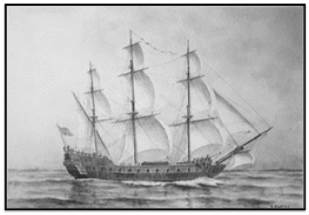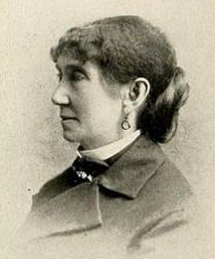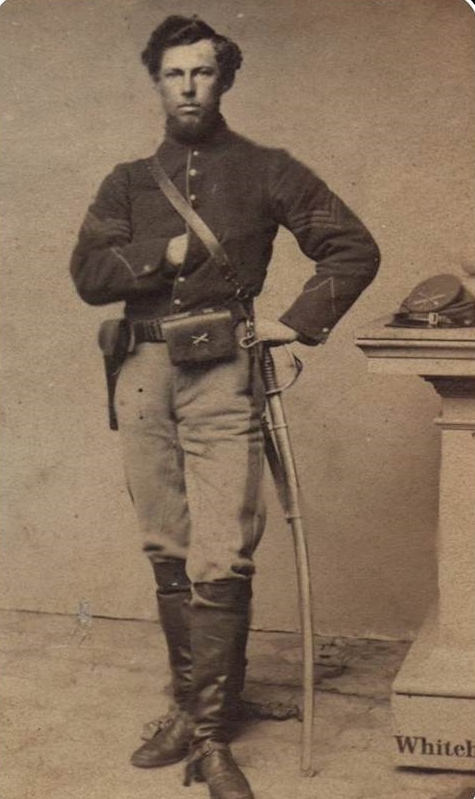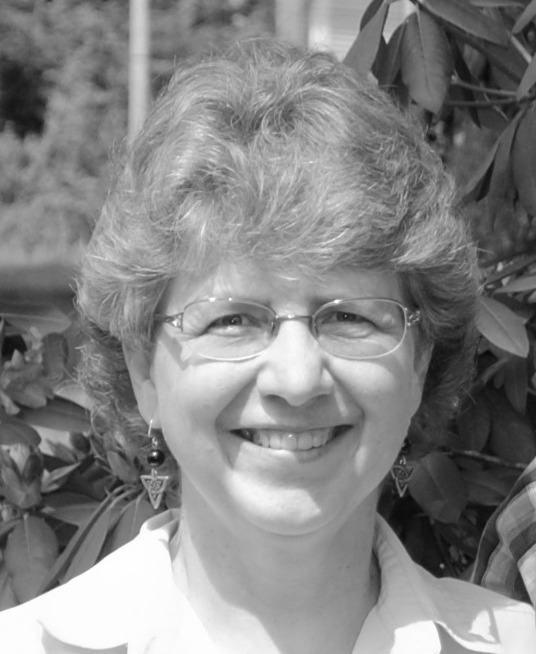Allens Hill: The People
by Joy Lewis –

John Nicholas Norton wrote of those intrepid pioneers who settled Allen’s Hill: “The inhabitants of that township were a most respectable class of people, superior to those that usually take possession of a new country. Most of them were moral, many religious, and the leading men would have been distinguished anywhere for their noble spirit of resolution and enterprise, together with a good degree of intelligence.”
Prominent among those early settlers was Nathaniel Allen, the community’s namesake. Attaining the rank of Major in the county militia during the War of 1812, he carried the honorific for the remainder of his life. Returned to his home, Major Allen was elected Ontario County sheriff, then was sent by his neighbors to the state legislature, serving two terms.
Nathaniel’s daughter Almira and her husband Robert Lawton Rose eventually came into ownership of the stately Allen home atop the hill. Rose, “who was a Virginian, and quite the aristocrat of the village,” served for more than a decade in the U. S. Congress. He and Almira raised a respectable family, the sons being educated at West Point and Yale, and the daughters being married into “society.” After Mrs. Rose died (too young!) the Congressman remarried. He sold his Richmond holdings and returned to Geneva for a season, then retired to Maryland. His lovely home burned in 1896, replaced by “a plain farm-house” which stands today.
A number of Richmond’s earliest settlers were men who had participated in the Revolution. Two of those lived in Allen’s Hill: Ichabod Perry and Daniel Bissell. Squire Perry – “a large, red-faced man, [who prided] himself on the fact that he [resembled] Lafayette” – had done service in the Continental Navy, aboard the Bon Homme Richard under the command of John Paul Jones.

Historian’s photo archive
In the early years of the nineteenth century the squire penned his memoir, which he called Reminiscences of the Revolution. He wrote colorfully of the decisive battle between the Richard and the English ship Serapis: “Jones and his men fought with Desperation for about three hours from the Commencement till the Richard’s sides was shivered to pieces. The water was gaining very fast in the hold. There was then a little cessation of firing, when the enemy hailed and asked if we had struck colors. Jones replied, ‘I have no notion of it. I have only just begun to fight.’”
Daniel Bissell, also a Connecticut native, served in the Continental Army. Functioning as a spy for General George Washington, he spent thirteen months behind enemy lines. On June 8, 1783, he was awarded the Badge of Military Merit, one of only three conferred to Revolutionary soldiers. The citation he personally received from Washington reads: “Sergeant Bissell of the 2nd Connecticut Regt. having performed some important service within the immediate knowledge of the Commander-in-chief in which the fidelity, perseverance, and good sense of the said Sergeant Bissell were conspicuously manifested, it is therefore ordered that he be honored with the Badge of Merit. He will call at headquarters on Tuesday next for the insignia and certificate to which he is hereby entitled.”
Both Squire Perry and Sergeant Bissell are buried in Allens Hill Cemetery.
A list of the celebrated early dwellers of Allen’s Hill includes Mary Jane (Hawes) Holmes, a schoolteacher and prolific novelist; Lucious Pierpont, principal of Honeoye Union School and for many years Ontario County School Commissioner; Noah Lambert, blacksmith; Alanson Welton, first minister of St. Paul’s Episcopal Church who went as a missionary to Michigan in 1821; Marcius Willson, author of a series of grammar school textbooks which were used nationwide; Mortimer Worthy, merchant; and William Henry Shelton, born in 1840, who wrote a comprehensive memoir of his hometown.
Among the townsmen during the latter years of the nineteenth century were a number of unsung residents: the village doctors. There were no medical men living in Allen’s Hill until 1832. All health-related issues before that time must be attended to by Dr. Lyman Cook at Richmond Center. Rev. George Norton recorded in his diary of the early 1820s: “We were much alarmed about little Arthur in the night, and by daybreak, I dispatched a boy on horseback for the doctor. It is not convenient for us that he should reside at The Center, but of course he must make his home at the point which best suits his business. What a treasure a good family physician is!”
Seasonal fevers, consumption (tuberculosis), croup, and cholera were ever-present. Dr. Cyrus Wells came to take up his profession in Allen’s Hill in the early thirties, followed by Harvey Jewett, Samuel West (brother to John West, an early blacksmith), Ellis Sayre, and Willard Hastings. W. H. Shelton wrote of the doctor’s work in the 1840s: “The country doctor’s office was a drugstore and an apothecary’s shop combined, for besides prescribing the remedy he must furnish the medicine…When the roads were good he visited patients in a sulky; when the roads were deep in mud or snow he went on horseback….The doctor’s fee for ordinary calls was half a dollar but he took butter and eggs and all sorts of country produce in payment.”
There were, alas, those village inhabitants who did not bring glory to the scene. Although later in the century Richmond purported to be a “Temperance Town,” the “evils of strong drink” were evident during her early years. The local minister lamented, “This dram-drinking is a bad business. Several of our neighbors pass the door every morning and evening on their way to the tavern for their daily portion of bitters.” Many an upright citizen deplored the presence of “Old Tompy”, who “was quite a character in his way. His large and powerful frame and active mind had become much enfeebled by long habits of intemperance, and he generally made his appearance arrayed in rags, and as untidy as possible…He was a wreck [of a man] who might have been a most valuable citizen, [but for the drink.]”
Sam Tongate, whose later life took a tragic turn, came to Allen’s Hill as a teenager. His father was a respectable shoemaker and for a time Sam followed his father’s example. He married and fathered a clutch of children. By his mid-thirties he’d found other work – as driver of the Canadice-Canandaigua mail stage. The temptation apparently proved too much to resist; on December 20, 1873, Samuel Tongate was hanged for having robbed the mail three years earlier.
And then there was John Pierpont, the older brother of school principal Lucius. From an early age it was evident that John was a “simple” soul. In his own quiet way he contributed much to village life. Shelton provides a descriptive narrative from John’s youth to his old age: “There was a half-witted [young man] in the village who offered himself to all the girls, drove the cows to pasture, pumped the organ on Sunday [and dug the graves in the church yard]…John Pierpont [died in 1890, aged sixty-two]; he remained one of the last early inhabitants, bent with age, watching the traffic of the cross-road from behind the potted geraniums in the recessed porch… He was a feeble old man who had never married because all the girls were in a league against him, and many of whom he had buried, for he had long been the village sexton.”
The inscription on John Pierpont’s tombstone in Allens Hill Cemetery reads:
We shall meet, we shall sing,
In the land where the saved never die.
We shall rest free from sorrow and pain
Safe at home in the sweet bye and bye.
 Joy Lewis has been the Town of Richmond Historian since 2013. For town of Richmond history you can contact the Historian by Phone: 585-229-1128;
Joy Lewis has been the Town of Richmond Historian since 2013. For town of Richmond history you can contact the Historian by Phone: 585-229-1128;
or Email: historian@townofrichmond.org